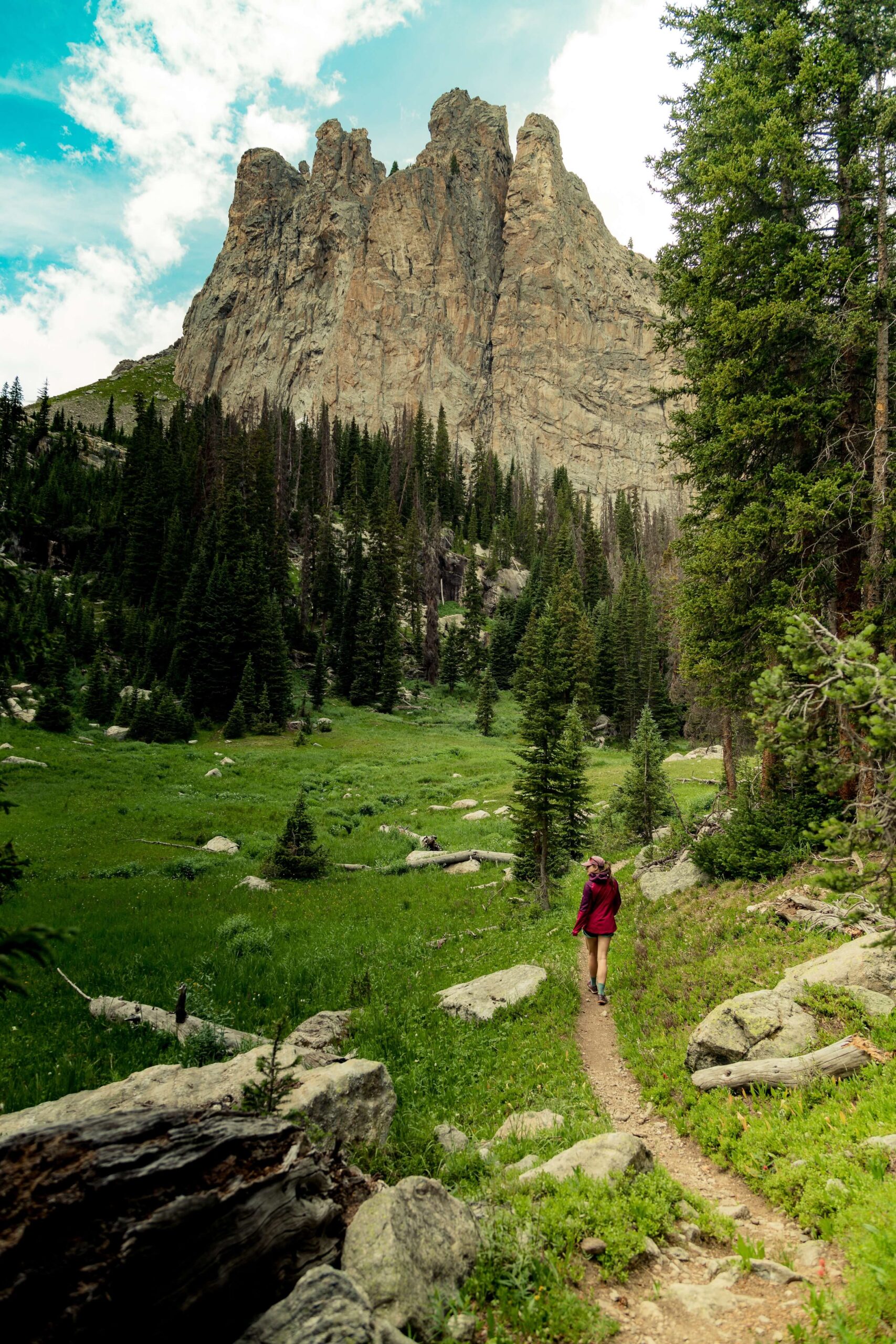What is Homestead Living? Exploring the Essence of a Self-Reliant Lifestyle
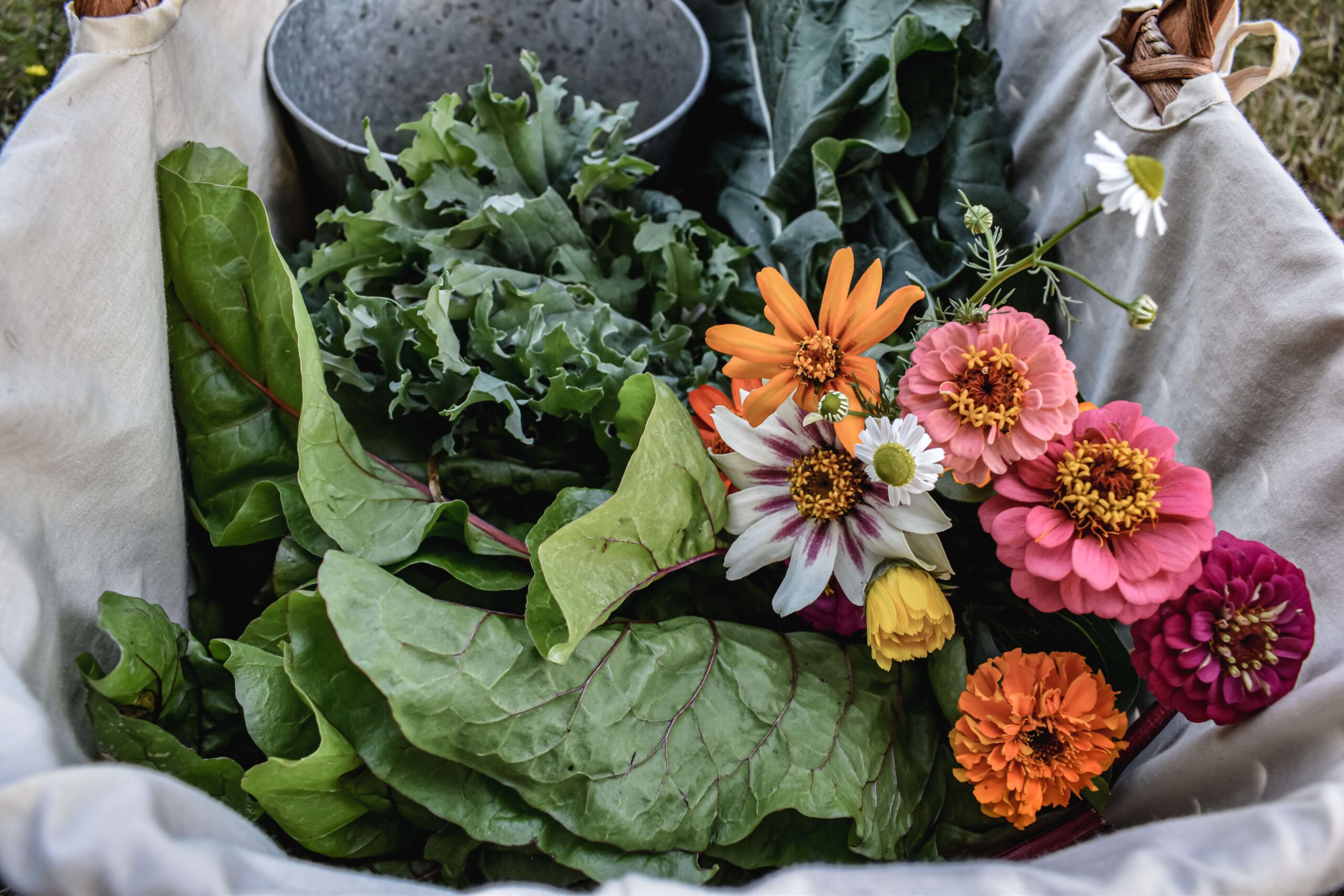
Often romanticized but sometimes misunderstood, homesteading is a lifestyle choice that’s gaining popularity among women seeking a more sustainable, fulfilling way of life. But what exactly is homestead living? Let’s unravel the layers of this unique lifestyle.
Recommended
Our Favorite Dehydrator
The COSORI Food Dehydrator, a must-have in every off-grid kitchen.
-

COSORI Food Dehydrator
$159.99
Defining Homestead Living
The Historical Roots
Historically, homesteading was about settling land and making it productive. In the U.S., it was closely linked with the Homestead Act of 1862, which provided land to settlers. Today, the term has evolved significantly.
Modern Homesteading
In contemporary terms, homesteading is a lifestyle of self-sufficiency. It’s about living in a way that reduces reliance on commercial systems of production and consumption. Homesteaders aim to produce most of their own food, energy, and other necessities, often using sustainable and organic methods.
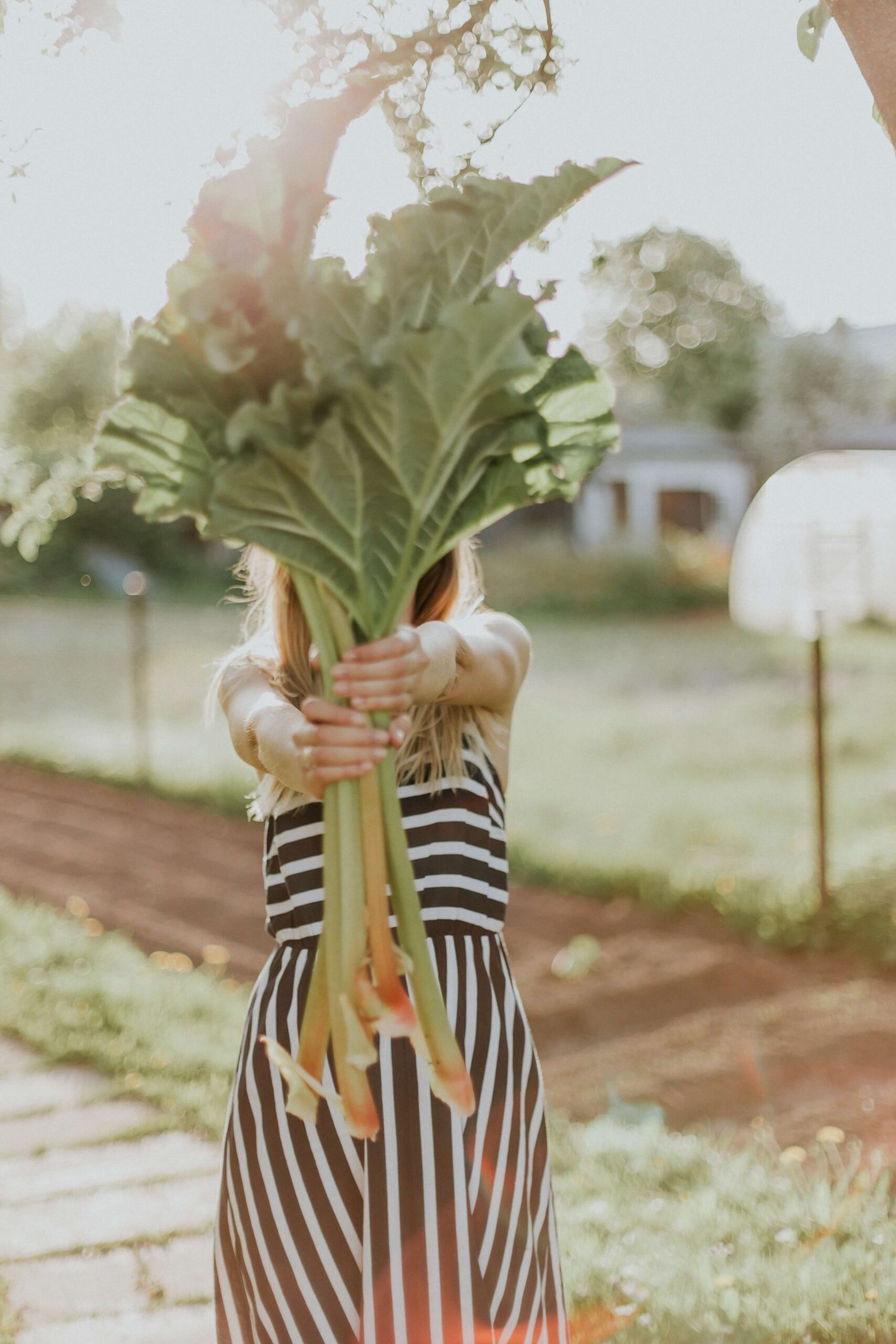
The Core Aspects of Homestead Living
Sustainable Agriculture
Homesteading invariably involves some form of agriculture. This could range from a small vegetable garden to a full-fledged farm with a variety of crops and livestock. Sustainable agriculture is key, focusing on methods that don’t deplete resources or harm the environment.
Energy Independence
Many homesteaders strive for energy independence, using renewable sources like solar, wind, or hydro power. This reduces reliance on public utilities and minimizes the homestead’s carbon footprint.
DIY and Handcrafting
A significant part of homesteading is learning to do things yourself. This can include building your own home or outbuildings, making repairs, sewing clothes, or crafting homemade goods. These skills foster a sense of empowerment and creativity.
Financial Management
Living a homesteading lifestyle often involves careful financial planning. Homesteaders typically look for ways to reduce expenses and may have multiple income streams, such as selling farm produce, crafts, or offering workshops.
Community and Education
Homesteading often builds a sense of community. Sharing knowledge, trading goods, and helping neighbors are integral parts of this lifestyle. Educational aspects, like learning about permaculture or animal husbandry, are also central to homesteading.
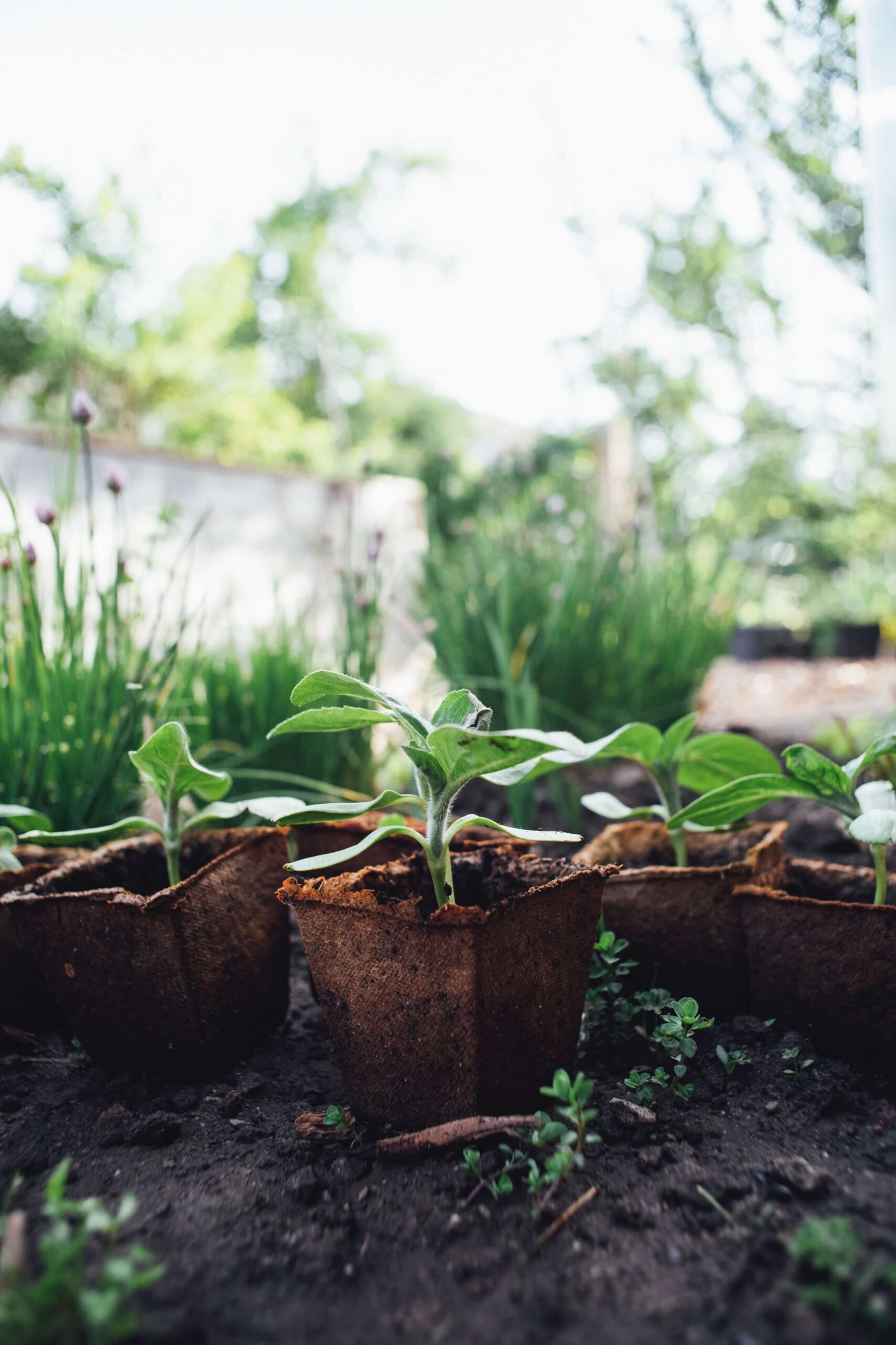
"Homesteading is a lifestyle of self-sufficiency."
The Realities of Homestead Living
Hard Work and Commitment
Homesteading is rewarding, but it’s also hard work. It requires dedication, resilience, and a willingness to learn and adapt.
The Rewards
Despite the challenges, the rewards of homesteading are immense. These include improved health, a deeper connection with nature, a sense of accomplishment, and the joy of living a life aligned with one’s values.
Homestead living is more than just a way to live; it’s a way to connect deeply with the environment, with community, and with ourselves. For women, especially, it can be an empowering journey towards self-reliance and fulfillment. Whether it’s growing your own food, harnessing natural energy sources, or building a sustainable home, homesteading offers a path to a more intentional, wholesome life.
- TAGS ― Featured, Home-Influencer

How to Convince Your Family to Go Off-Grid: A Gentle Guide
Embarking on an off-grid lifestyle is an exciting, rewarding, but often daunting decision, especially when it involves your whole family. The idea of leaving behind the convenience and familiarity of urban living for a more sustainable, self-reliant life can be challenging for loved ones to embrace.
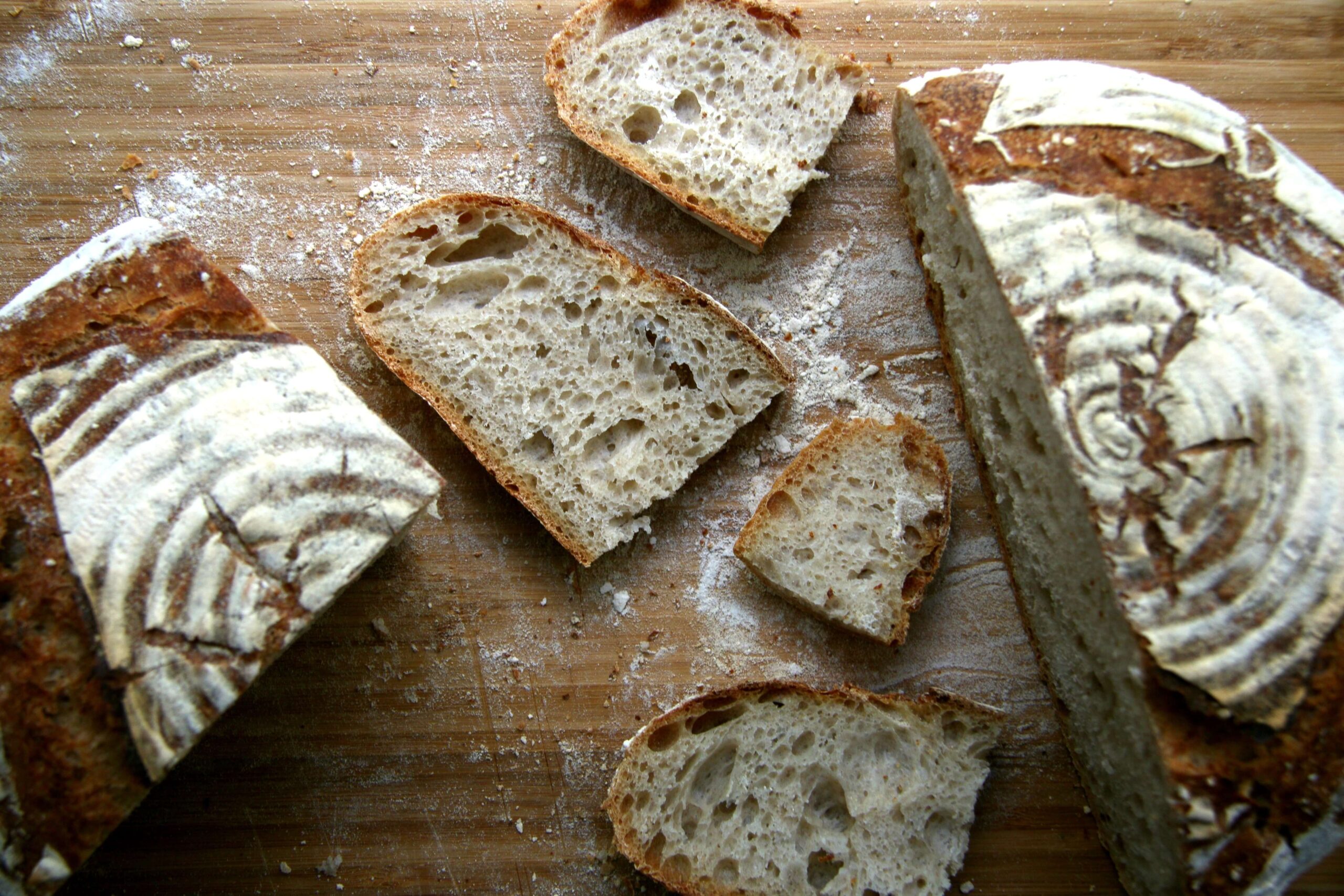
How to Make a Sourdough Starter: A Beginner’s Guide to Off-Grid Baking
Sourdough bread, with its distinct taste and hearty texture, is a staple in many off-grid kitchens. Not only is it delicious and nutritious, but making sourdough from scratch also fits perfectly with the self-sufficient ethos of off-grid living.
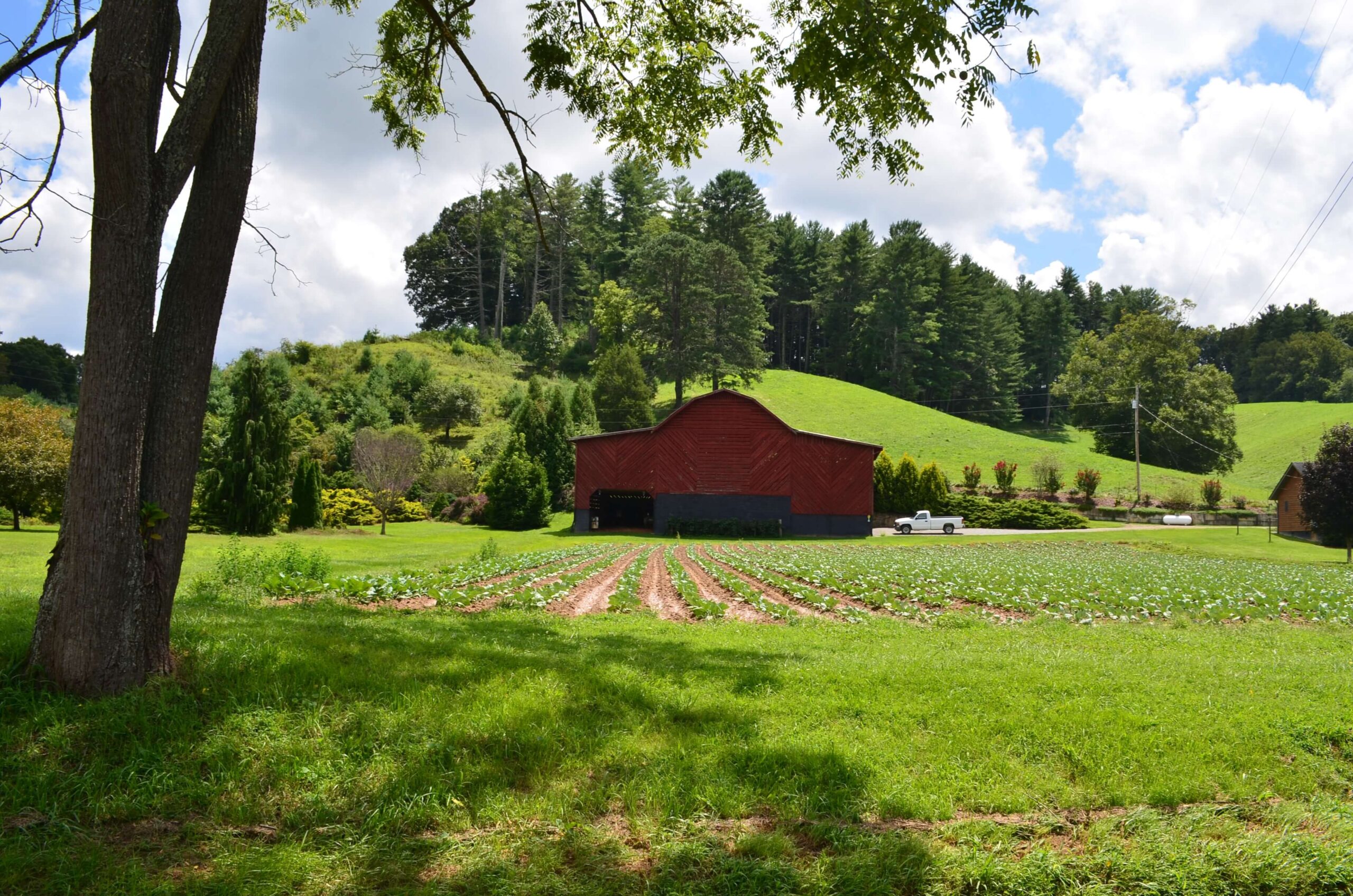
The Homesteading Handbook: Mastering Essential Skills Before Taking the Leap
n an era where convenience is king, the concept of homesteading brings us back to our roots, emphasizing a life of self-sufficiency, sustainability, and a deep connection with the land.






